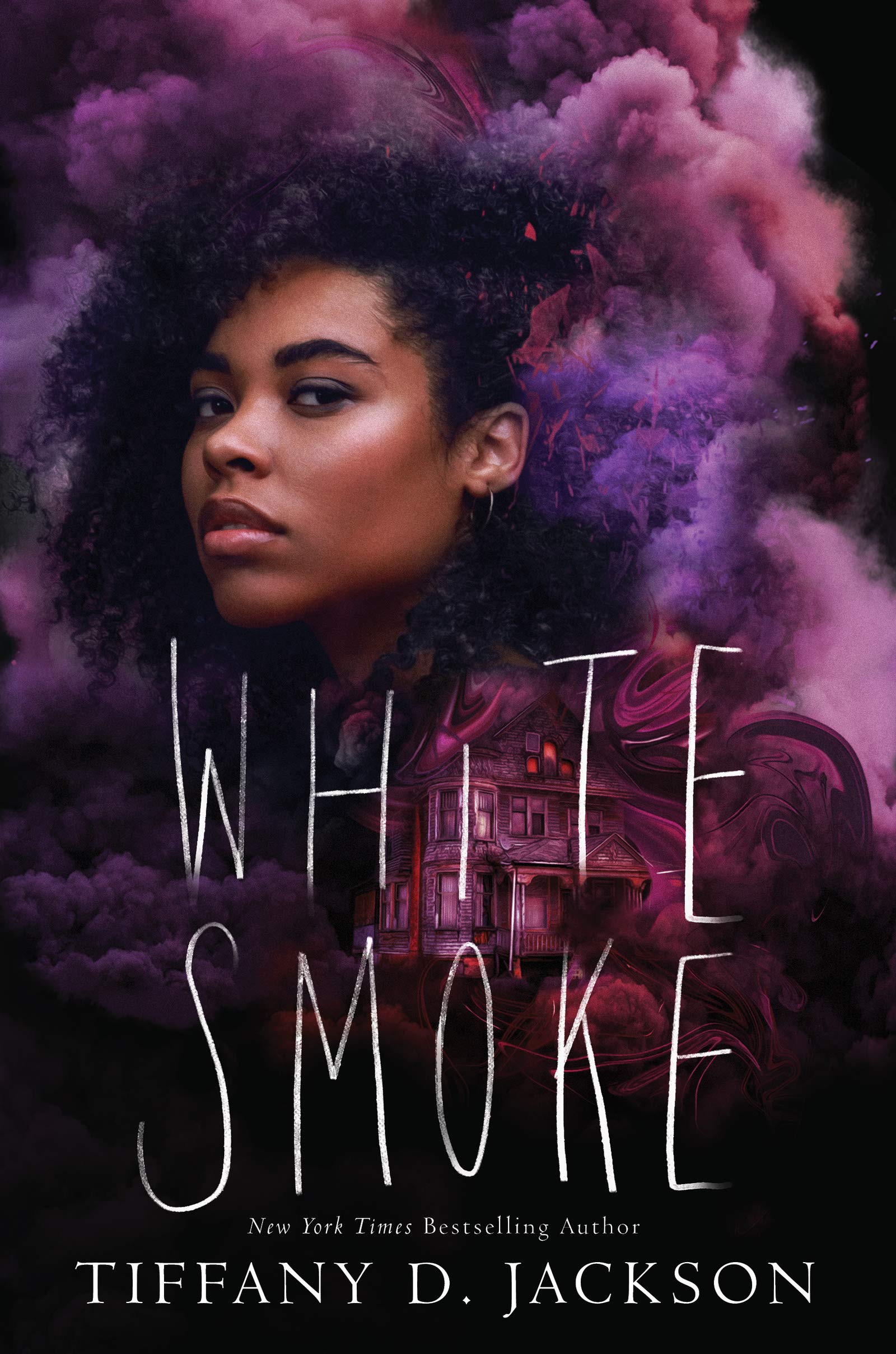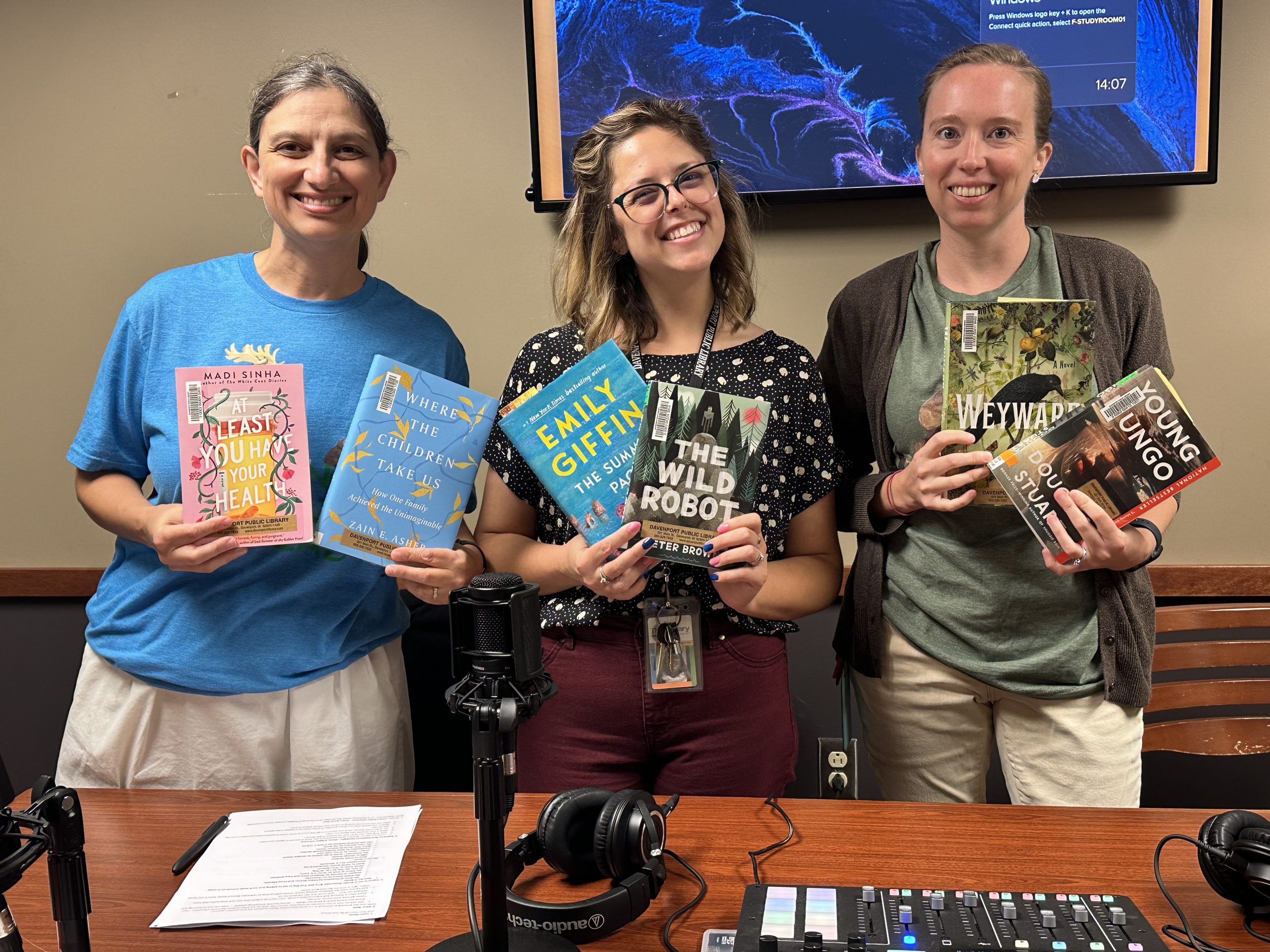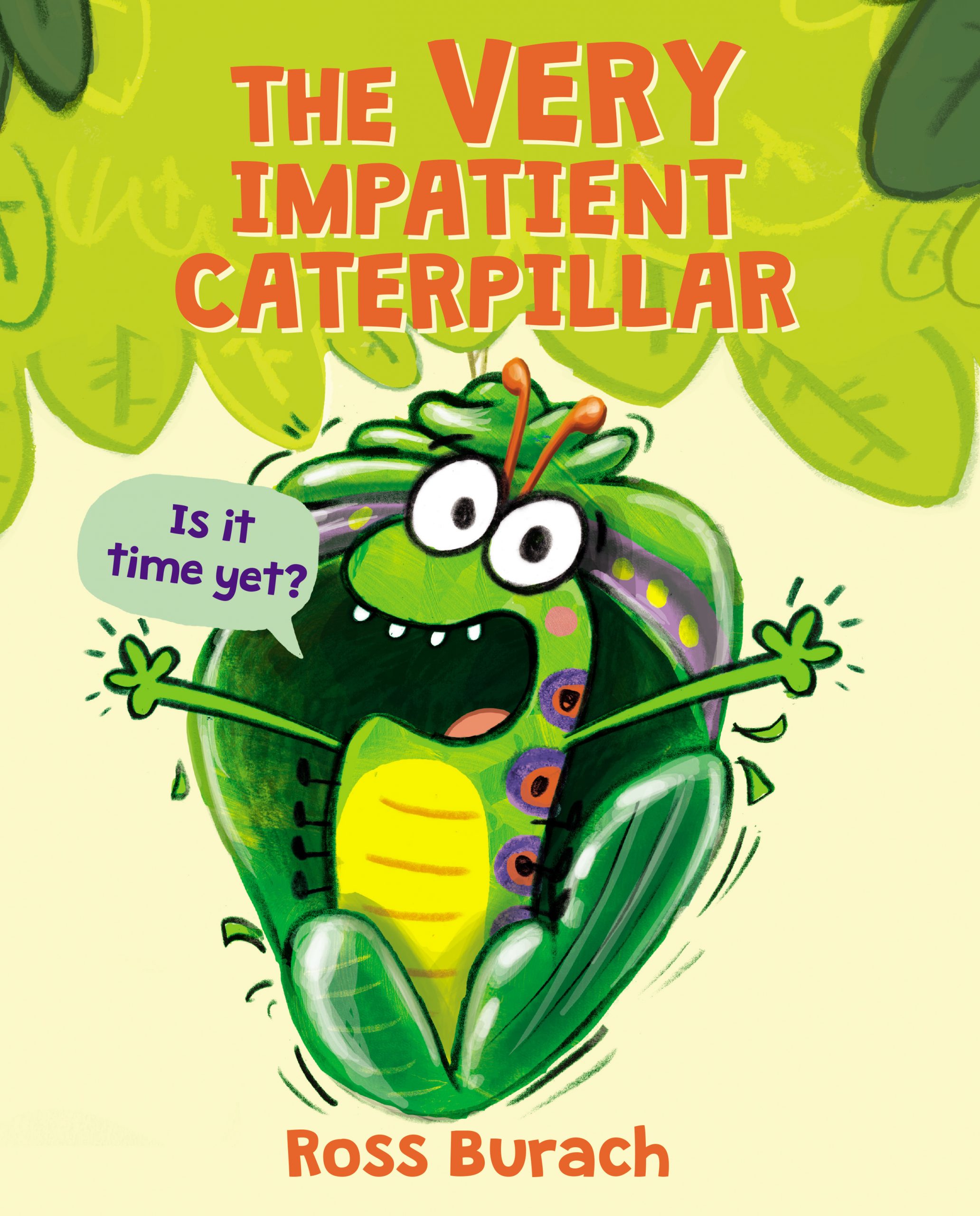These titles are owned by the Davenport Public Library at the time of this writing. The descriptions have been provided by the publishers and/or authors.
 Wandering Stars by Tommy Orange
Wandering Stars by Tommy Orange
Colorado, 1864. Star, a young survivor of the Sand Creek Massacre, is brought to the Fort Marion prison castle,where he is forced to learn English and practice Christianity by Richard Henry Pratt, an evangelical prison guard who will go on to found the Carlisle Indian Industrial School, an institution dedicated to the eradication of Native history, culture, and identity. A generation later, Star’s son, Charles, is sent to the school, where he is brutalized by the man who was once his father’s jailer. Under Pratt’s harsh treatment, Charles clings to moments he shares with a young fellow student, Opal Viola, as the two envision a future away from the institutional violence that follows their bloodlines.
In a novel that is by turns shattering and wondrous, Tommy Orange has conjured the ancestors of the family readers first fell in love with in There There—warriors, drunks, outlaws, addicts—asking what it means to bethe children and grandchildren of massacre. Wandering Stars is a novel about epigenetic and generational trauma that has the force and vision of a modern epic, an exceptionally powerful new book from one of the most exciting writers at work today and soaring confirmation of Tommy Orange’s monumental gifts. – Knopf
This title is also available in large print, CD audiobook, and Playaway audiobook.
 Wild Houses by Colin Barrett
Wild Houses by Colin Barrett
A small-town feud. A madcap kidnapping. A wild weekend to change everybody’s lives…
As Ballina prepares for its biggest weekend of the year, the simmering feud between small-time drug-dealer, Cillian English, and County Mayo’s enforcers, Gabe and Sketch Ferdia, spills over into violence and an ugly ultimatum.
When the reclusive Dev answers his door on Friday night he finds Doll – Cillian’s teenage brother – in the clutches of Gabe and Sketch. Jostled by his nefarious cousins and goaded by his dead mother’s dog, Dev is drawn headlong into the Ferdias’ revenge fantasy.
Meanwhile, seventeen-year-old Nicky can’t shake the feeling something bad has happened to her boyfriend Doll. Hungover, reeling from a fractious Friday night and plagued by ghosts of her own, Nicky sets out on a feverish mission to save Doll, even as she questions her future in Ballina. – Grove Press
 Held by Anne Michaels
Held by Anne Michaels
1917. On a battlefield near the River Escaut, John lies in the aftermath of a blast, unable to move or feel his legs. Struggling to focus his thoughts, he is lost to memory as the snow falls—a chance encounter in a pub by a railway, a hot bath with his lover on a winter night.
1920. John has returned from war to North Yorkshire, near a different river. He is alive but still not whole. Reunited with Helena, an artist, he reopens his photography business and tries to keep on living. But the past erupts insistently into the present, as ghosts begin to surface in his pictures: ghosts with messages he cannot understand.
So begins a narrative that spans four generations of connections and consequences that ignite and reignite as the century unfolds. In radiant moments of desire, comprehension, longing, and transcendence, the sparks fly upward, working their transformations decades later. – Knopf
 Creation Lake by Rachel Kushner
Creation Lake by Rachel Kushner
Creation Lake is a novel about a secret agent, a thirty-four-year-old American woman of ruthless tactics, bold opinions, and clean beauty, who is sent to do dirty work in France.
“Sadie Smith” is how the narrator introduces herself to her lover, to the rural commune of French subversives on whom she is keeping tabs, and to the reader.
Sadie has met her love, Lucien, a young and well-born Parisian, by “cold bump”—making him believe the encounter was accidental. Like everyone Sadie targets, Lucien is useful to her and used by her. Sadie operates by strategy and dissimulation, based on what her “contacts”—shadowy figures in business and government—instruct. First, these contacts want her to incite provocation. Then they want more.
In this region of centuries-old farms and ancient caves, Sadie becomes entranced by a mysterious figure named Bruno Lacombe, a mentor to the young activists who communicates only by email. Bruno believes that the path to emancipation from what ails modern life is not revolt, but a return to the ancient past.
Just as Sadie is certain she’s the seductress and puppet master of those she surveils, Bruno Lacombe is seducing her with his ingenious counter-histories, his artful laments, his own tragic story. – Scribner
 This Strange Eventful History by Claire Messud
This Strange Eventful History by Claire Messud
An immersive, masterful story of a family born on the wrong side of history, from one of our finest contemporary novelists.
Over seven decades, from 1940 to 2010, the pieds-noirs Cassars live in an itinerant state—separated in the chaos of World War II, running from a complicated colonial homeland, and, after Algerian independence, without a homeland at all. This Strange Eventful History, told with historical sweep, is above all a family story: of patriarch Gaston and his wife Lucienne, whose myth of perfect love sustains them and stifles their children; of François and Denise, devoted siblings connected by their family’s strangeness; of François’s union with Barbara, a woman so culturally different they can barely comprehend one another; of Chloe, the result of that union, who believes that telling these buried stories will bring them all peace. – WW Norton
 Playground by Richard Powers
Playground by Richard Powers
Four lives are drawn together in a sweeping, panoramic new novel from Richard Powers, showcasing the Pulitzer Prize–winning author of The Overstory at the height of his skills. Twelve-year-old Evie Beaulieu sinks to the bottom of a swimming pool in Montreal strapped to one of the world’s first aqualungs. Ina Aroita grows up on naval bases across the Pacific with art as her only home. Two polar opposites at an elite Chicago high school bond over a three-thousand-year-old board game; Rafi Young will get lost in literature, while Todd Keane’s work will lead to a startling AI breakthrough.
They meet on the history-scarred island of Makatea in French Polynesia, whose deposits of phosphorus once helped to feed the world. Now the tiny atoll has been chosen for humanity’s next adventure: a plan to send floating, autonomous cities out onto the open sea. But first, the island’s residents must vote to greenlight the project or turn the seasteaders away.
Set in the world’s largest ocean, this awe-filled book explores that last wild place we have yet to colonize in a still-unfolding oceanic game, and interweaves beautiful writing, rich characterization, profound themes of technology and the environment, and a deep exploration of our shared humanity in a way only Richard Powers can. – Richard Powers
 Enlightenment by Sarah Perry
Enlightenment by Sarah Perry
Thomas Hart and Grace Macaulay have lived all their lives in the small Essex town of Aldleigh. Though separated in age by three decades, the pair are kindred spirits—torn between their commitment to religion and their desire to explore the world beyond their small Baptist community.
It is two romantic relationships that will rend their friendship, and in the wake of this rupture, Thomas develops an obsession with a vanished nineteenth-century astronomer said to haunt a nearby manor, and Grace flees Aldleigh entirely for London. Over the course of twenty years, by coincidence and design, Thomas and Grace will find their lives brought back into orbit as the mystery of the vanished astronomer unfolds into a devastating tale of love and scientific pursuit. Thomas and Grace will ask themselves what it means to love and be loved, what is fixed and what is mutable, how much of our fate is predestined and written in the stars, and whether they can find their way back to each other.
A thrillingly ambitious novel of friendship, faith, and unrequited love, rich in symmetry and symbolism, Enlightenment is a shimmering wonder of a book and Sarah Perry’s finest work to date. – Mariner Books
This title is also available in large print.
 Orbital by Samantha Harvey
Orbital by Samantha Harvey
A team of astronauts in the International Space Station collect meteorological data, conduct scientific experiments and test the limits of the human body. But mostly they observe. Together they watch their silent blue planet, circling it sixteen times, spinning past continents and cycling through seasons, taking in glaciers and deserts, the peaks of mountains and the swells of oceans. Endless shows of spectacular beauty witnessed in a single day.
Yet although separated from the world they cannot escape its constant pull. News reaches them of the death of a mother, and with it comes thoughts of returning home. They look on as a typhoon gathers over an island and people they love, in awe of its magnificence and fearful of its destruction.
The fragility of human life fills their conversations, their fears, their dreams. So far from earth, they have never felt more part – or protective – of it. They begin to ask, what is life without earth? What is earth without humanity? – Vintage
 James by Percival Everett
James by Percival Everett
When the enslaved Jim overhears that he is about to be sold to a man in New Orleans, separated from his wife and daughter forever, he decides to hide on nearby Jackson Island until he can formulate a plan. Meanwhile, Huck Finn has faked his own death to escape his violent father, recently returned to town. As all readers of American literature know, thus begins the dangerous and transcendent journey by raft down the Mississippi River toward the elusive and too-often-unreliable promise of the Free States and beyond.
While many narrative set pieces of Adventures of Huckleberry Finn remain in place (floods and storms, stumbling across both unexpected death and unexpected treasure in the myriad stopping points along the river’s banks, encountering the scam artists posing as the Duke and Dauphin…), Jim’s agency, intelligence and compassion are shown in a radically new light. – Doubleday
This title is available in large print.
 The Safekeep by Yael van der Wouden
The Safekeep by Yael van der Wouden
An exhilarating, twisted tale of desire, suspicion, and obsession between two women staying in the same house in the Dutch countryside during the summer of 1961—a powerful exploration of the legacy of WWII and the darker parts of our collective past.
A house is a precious thing…
It is 1961 and the rural Dutch province of Overijssel is quiet. Bomb craters have been filled, buildings reconstructed, and the war is truly over. Living alone in her late mother’s country home, Isabel knows her life is as it should be—led by routine and discipline. But all is upended when her brother Louis brings his graceless new girlfriend Eva, leaving her at Isabel’s doorstep as a guest, to stay for the season.
Eva is Isabel’s antithesis: she sleeps late, walks loudly through the house, and touches things she shouldn’t. In response, Isabel develops a fury-fueled obsession, and when things start disappearing around the house—a spoon, a knife, a bowl—Isabel’s suspicions begin to spiral. In the sweltering peak of summer, Isabel’s paranoia gives way to infatuation—leading to a discovery that unravels all Isabel has ever known. The war might not be well and truly over after all, and neither Eva—nor the house in which they live—are what they seem. – Avid Reader Press/Simon & Schuster
 My Friends by Hisham Matar
My Friends by Hisham Matar
An intensely moving novel about three friends living in political exile and the emotional homeland that deep friendships can provide – from the Booker-shortlisted, Pulitzer prize-winning author
Khaled and Mustafa meet at university in Edinburgh: two Libyan eighteen-year-olds expecting to return home after their studies. In a moment of recklessness and courage, they travel to London to join a demonstration in front of the Libyan embassy. When government officials open fire on protestors in broad daylight, both friends are wounded, and their lives forever changed.
Over the years that follow, Khaled, Mustafa and their friend Hosam, a writer, are bound together by their shared history. If friendship is a space to inhabit, theirs becomes small and inhospitable when a revolution in Libya forces them to choose between the lives they have created in London and the lives they left behind. – Viking
 Stone Yard Devotional by Charlotte Wood
Stone Yard Devotional by Charlotte Wood
A woman abandons her city life and marriage to return to the place of her childhood, holing up in a small religious community hidden away on the stark plains of the Monaro.
She does not believe in God, doesn’t know what prayer is, and finds herself living this strange, reclusive life almost by accident. As she gradually adjusts to the rhythms of monastic life, she finds herself turning again and again to thoughts of her mother, whose early death she can’t forget.
Disquiet interrupts this secluded life with three visitations. First comes a terrible mouse plague, each day signalling a new battle against the rising infestation.
Second is the return of the skeletal remains of a sister who left the community decades before to minister to deprived women in Thailand – then disappeared, presumed murdered.
Finally, a troubling visitor to the monastery pulls the narrator further back into her past.
With each of these disturbing arrivals, the woman faces some deep questions. Can a person be truly good? What is forgiveness? Is loss of hope a moral failure? And can the business of grief ever really be finished?
A meditative and deeply moving novel from one of Australia’s most acclaimed and best loved writers. – Allen & Unwin
 Headshot by Rita Bullwinkel
Headshot by Rita Bullwinkel
An unexpected tragedy at a community pool. A family’s unrelenting expectation of victory. The desire to gain or lose control; to make time speed up or stop; to be frighteningly, undeniably good at something. Each of the eight teenage girl boxers in this blistering debut novel has her own reasons for the sacrifices she has made to come to Reno, Nevada, to compete to be named the best in the country. Through a series of face-offs that are raw, ecstatic, and punctuated by flashes of humor and tenderness, prizewinning writer Rita Bullwinkel animates the competitors’ pasts and futures as they summon the emotion, imagination, and force of will required to win.
Frenetic, surprising, and strikingly original, Headshot is a portrait of the desire, envy, perfectionism, madness, and sheer physical pleasure that motivate young women to fight—even, and perhaps especially, when no one else is watching. – Viking
 “You couldn’t question it, or take it for granted. You had to be grateful. Because what had been given to you could just as easily be taken away.”
“You couldn’t question it, or take it for granted. You had to be grateful. Because what had been given to you could just as easily be taken away.”





 The Library now has
The Library now has  Have you been meaning to learn a new language or polish those sophomore year Spanish skills?
Have you been meaning to learn a new language or polish those sophomore year Spanish skills?  Celebrate Banned Books Week!
Celebrate Banned Books Week!




































